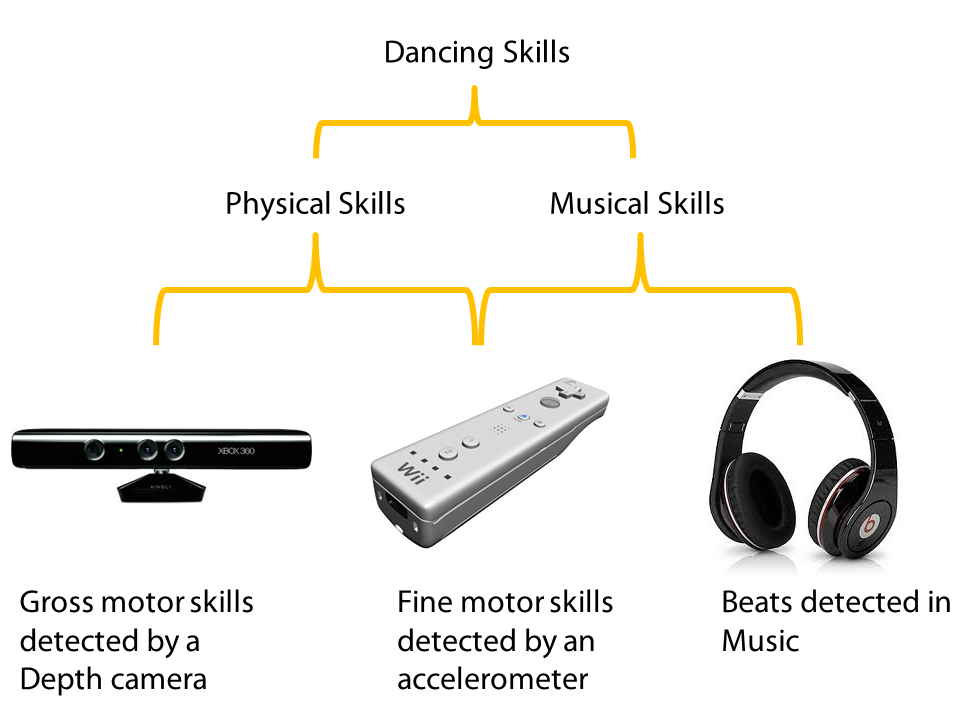Using the latest in exergaming equipment including the Kinect sensor, we have the ability to free the game player up from holding any game controllers and move more naturally. Smallwood and colleagues had children play two Kinect games (Sports Boxing and Dance Central) for 15 minutes. As expected, Boxing was more strenuous than Dance Central but unlike other studies, the intensities were only of moderate and light intensities respectively.
Exergaming Points to Ponder (P2P)
- What was the RPE was for each condition?
- What (if any) did the children prefer?
- Did they have prior experience in playing these games or using Kinect?
Smallwood, SR, Morris, MM, Fallows, SJ, & Buckley, JP (2012). Physiologic Responses and Energy Expenditure of Kinect Active Video Game Play in Schoolchildren. Archives of Pediatrics & Adolescent Medicine, 1-5 PMID: 23007801
Objective To evaluate the physiologic responses and energy expenditure of active video gaming using Kinect for the Xbox 360.
Design Comparison study.
Setting Kirkby Sports College Centre for Learning, Liverpool, England.
Participants Eighteen schoolchildren (10 boys and 8 girls) aged 11 to 15 years.
Main Exposure A comparison of a traditional sedentary video game and 2 Kinect activity-promoting video games, Dance Central and Kinect Sports Boxing, each played for 15 minutes. Physiologic responses and energy expenditure were measured using a metabolic analyzer.
Main Outcome Measures Heart rate, oxygen uptake, and energy expenditure.
Results Heart rate, oxygen uptake, and energy expenditure were considerably higher (P < .05) during activity-promoting video game play compared with rest and sedentary video game play. The mean (SD) corresponding oxygen uptake values for the sedentary, dance, and boxing video games were 6.1 (1.3), 12.8 (3.3), and 17.7 (5.1) mL · min–1 · kg–1, respectively. Energy expenditures were 1.5 (0.3), 3.0 (1.0), and 4.4 (1.6) kcal · min–1, respectively.
Conclusions Dance Central and Kinect Sports Boxing increased energy expenditure by 150% and 263%, respectively, above resting values and were 103% and 194% higher than traditional video gaming. This equates to an increased energy expenditure of up to 172 kcal · h–1 compared with traditional sedentary video game play. Played regularly, active gaming using Kinect for the Xbox 360 could prove to be an effective means for increasing physical activity and energy expenditure in children.
Click here to explore more of ExerGame Lab's archived posts involving research studies.






















.JPG)





















